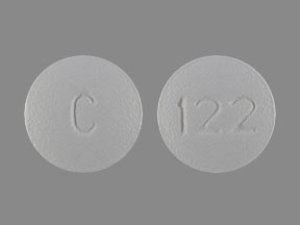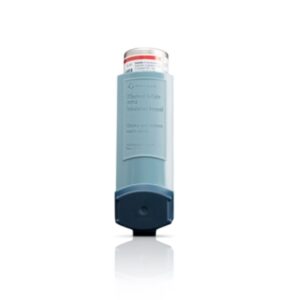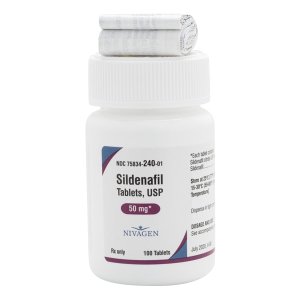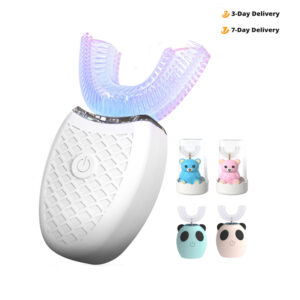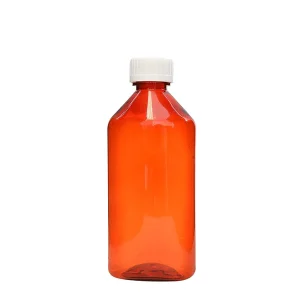For Immediate Release: October 23, 2025
The U.S. Food and Drug Administration today made public filing checklists used internally by Center for Drug Evaluation and Research (CDER) staff to determine if a submitted application is complete and reviewable. By proactively posting CDER’s checklists, the agency aims to increase transparency into FDA filing procedures and reduce the prevalence of filing deficiencies, which consume resources and delay promising treatments.
“Drug applications should not be derailed or delayed by preventable procedural oversights,” said FDA Commissioner Marty Makary, M.D., M.P.H. “Making these checklists public is a common-sense step to make the FDA process easier to understand and more transparent.”
When a new drug application or biologics license application is submitted to CDER, there is an initial filing period during which staff from each review discipline uses specific checklists to assess whether the application is complete and reviewable. While small deficiencies may be quickly remedied with the sponsor, FDA will refuse to file (RTF) applications with more significant deficiencies, generally forcing the sponsors to resubmit a complete application. Moving forward, sponsors will be able to see a checklist for each review discipline which performs a filing review.
An RTF is time-consuming for FDA and sponsors and can delay innovative treatments from reaching patients. Over the last ten years, more than 200 applications to CDER have resulted in an RTF notification. Applications involving a new molecular entity that receive an RTF experience an average delay of 426 days before application re-submittal.
“Releasing these checklists to the public helps ensure transparent, accurate and complete communication between the FDA and sponsors. We expect that this will increase efficiency by eliminating preventable RTF actions,” said George Tidmarsh, M.D., Ph.D., Director of the FDA Center for Drug Evaluation and Research.
The checklists were published in the latest update of CDER’s MAPP 6025.4 Good Review Practices: Refuse to File. It is important to note that while these checklists may be an invaluable tool for sponsors, they are not necessarily comprehensive. The agency alone ultimately determines whether an application can be filed in accordance with applicable legal and scientific standards. Filing checklists for Abbreviated New Drug Applications were published previously in MAPP 5200.14 Rev. 1.
###
It is important to note that as of the time of this press release, while the FDA can continue reviewing previously submitted applications using user fee funding, the agency cannot receive or begin work on new, fee-paying applications until the Senate votes to end the government shutdown.
###
Boilerplate
The FDA, an agency within the U.S. Department of Health and Human Services, protects the public health by assuring the safety, effectiveness, and security of human and veterinary drugs, vaccines and other biological products for human use, and medical devices. The agency also is responsible for the safety and security of our nation’s food supply, cosmetics, dietary supplements, radiation-emitting electronic products, and for regulating tobacco products.
-
Content current as of:
10/23/2025

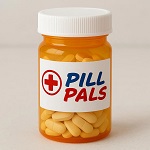 Our Pill Pass® Drug List is only $6.99 or less and Shipping is FREE!
Our Pill Pass® Drug List is only $6.99 or less and Shipping is FREE!

